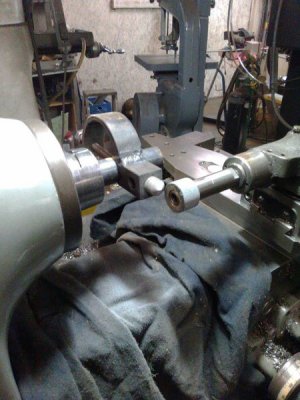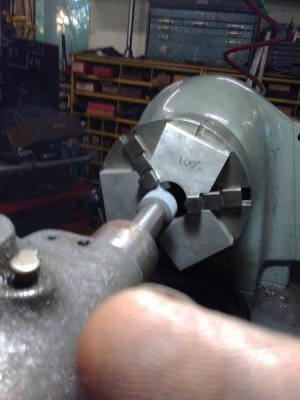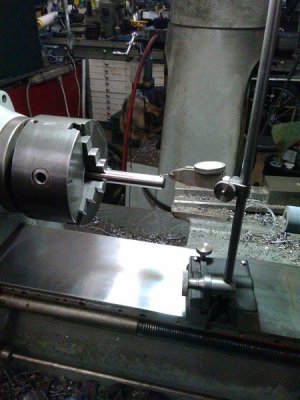F
Firestopper
Forum Guest
Register Today
Thanks Dan,
I'll get them to you ASAP.
I'll get them to you ASAP.
figured it was about time to change the plugs on my hemi...now that is at 99,000...it is a pita thats for sure specially when its 98 out...got the driver side done..(the worse side)....pretty surprised that the worst gap was only 60 thou...i was expecting more for never been changed...i'll get the other 8 when the heat won't kill me..
52 bucks for plugs vs 325 for dealer to change
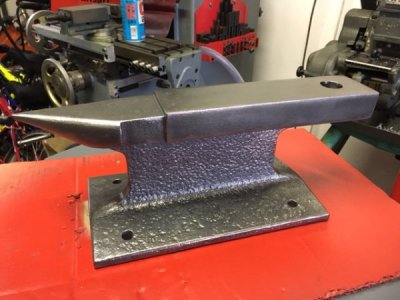
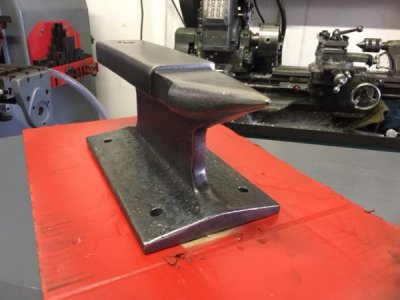
What is the advantage of heat treating it?
Thanks!
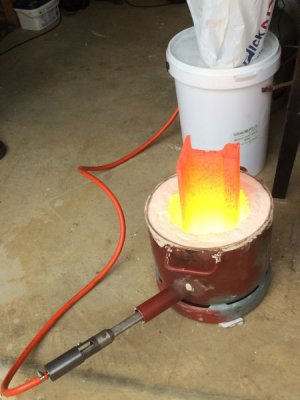
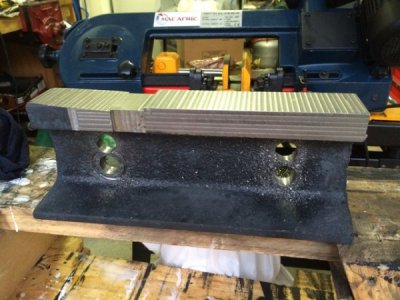
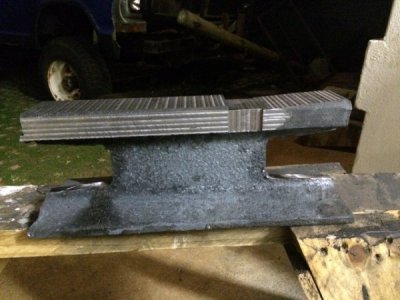
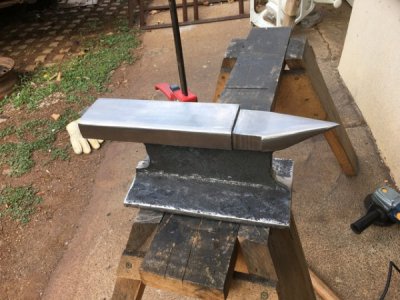
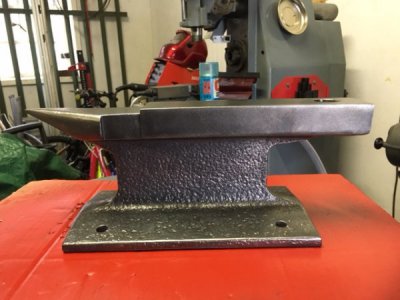
Looks like that second from the right has a little burnt crud on it... ya think it is a little oil, or perhaps an injector issue?
Good thing is... it is not 'oily'... which would indicate the oil not being burnt off with combustion.
